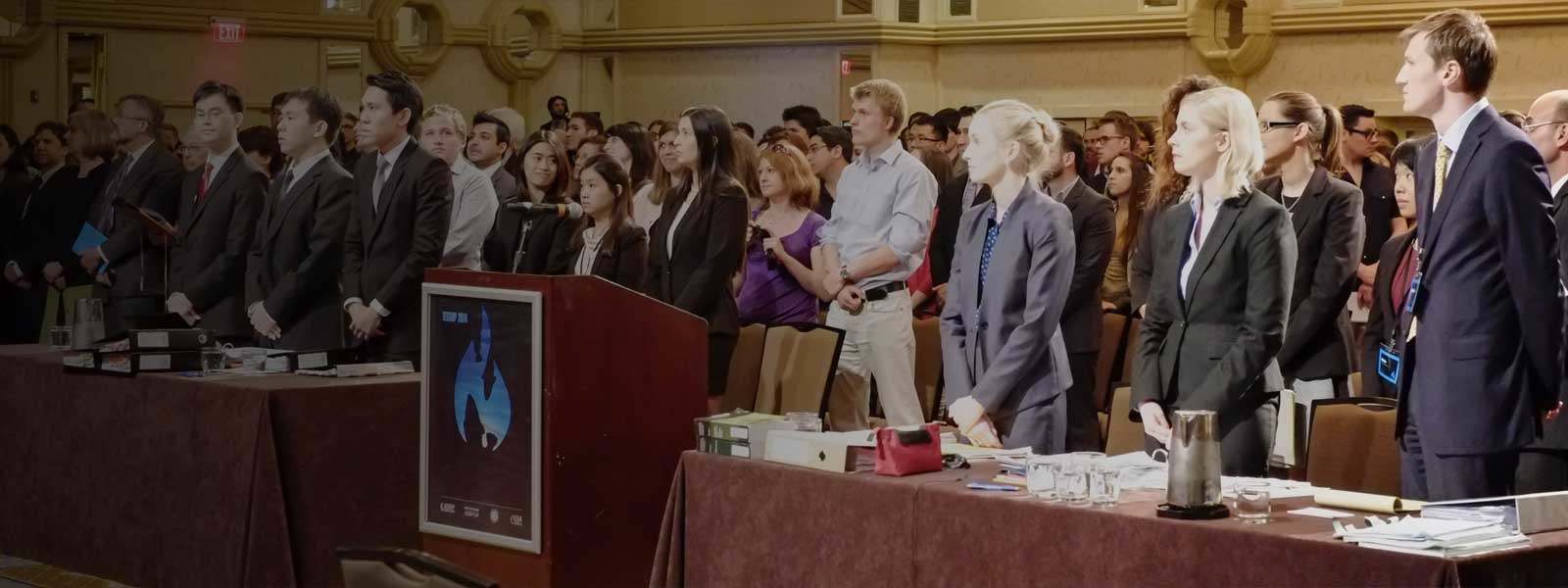White & Case Jessup Competition Resources
Introduction
A standard introduction from the first oralist includes names of both oralists, the side they represent, a brief outline of the submissions each Agent will make and the allocation of time. The second oralist should introduce himself or herself and briefly outline the submissions he or she will make.
Or watch here: https://www.youtube.com/watch?v=yNTa6bs-zPw
Road map - Respondent
Respondent oralists should specifically cite to Applicant's arguments when presenting the arguments and setting up their road map.
Or watch here: https://www.youtube.com/watch?v=kkJyDgQowl8
IRAC method
When presenting an argument, oralists should remember the IRAC method – present the Issue, identify the Rule, describe the Application, and Conclude. It is important to keep this in mind even when being asked multiple questions from the bench.
Or watch here: https://www.youtube.com/watch?v=Ch2wPdk7URQ
Lead with the law
The ICJ is a court of law so when answering questions leading with a point of law is always best.
Or watch here: https://www.youtube.com/watch?v=okMWaYGdjtM
Arguments not contained in your memorial
A Jessup team's oral arguments are not limited to the arguments made in its memorial. Jessup teams should be prepared for questions from the bench that go beyond the scope of their memorial.
Or watch here: https://www.youtube.com/watch?v=f52C9wzDJJ8
Common judge question
In the Jessup Competition, judges commonly ask why the ICJ has jurisdiction over a particular case.
Or watch here: https://www.youtube.com/watch?v=3AcBliGsFU8
Bringing judges back to road map
Jessup judges often test an oralist's ability to move from issue to issue while maintaining the structure of the road map and managing time. It is important to recognize appropriate opportunities to move the argument along and bring judges back to the road map.
Or watch here: https://www.youtube.com/watch?v=tYiFRGKYkm4
Related links
- Continue watching Jessup Competitors Guide Videos: Part 2
- Go back to the Jessup Competitors Guide
- View all Jessup Competition Resources

